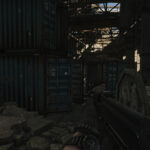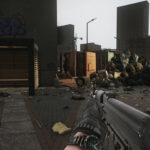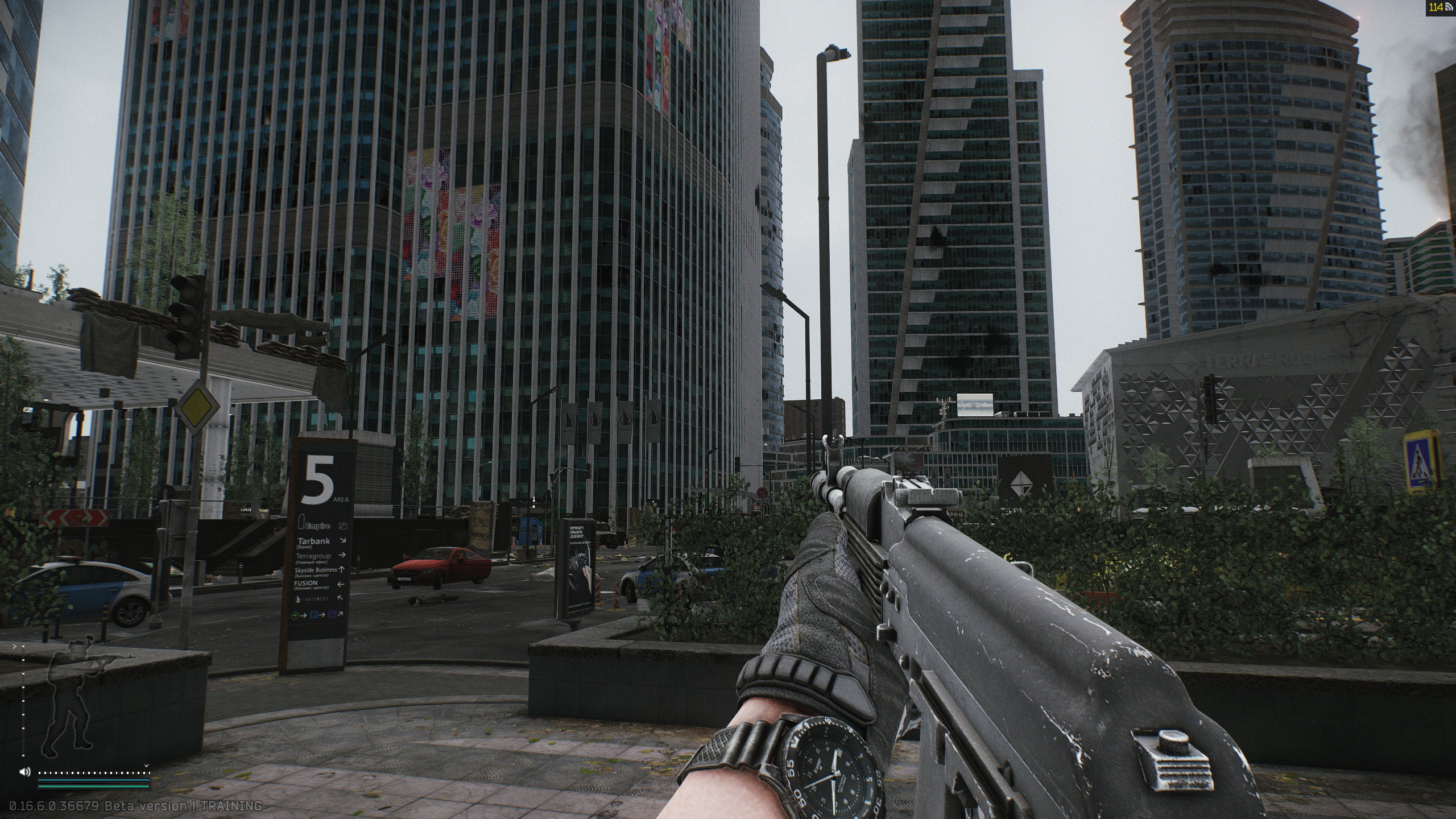Recoil control and weapon handling are cornerstone skills in Escape from Tarkov’s unforgiving PvP environment. Even the most well-looted PMC can fall victim to uncontrolled spray patterns or slow ADS transitions.
This guide provides an exhaustive breakdown of recoil mechanics, ergonomics, optimal attachments, and practical drills to refine your weapon mastery. By the end, you’ll understand how to minimize muzzle climb, maintain accuracy during sustained fire, and adapt handling to every scenario—ranging from close-quarters factory fights to long-range woods engagements.
1. Understanding Recoil Mechanics in Tarkov
Recoil in EFT comprises two main components: vertical (upward climb) and horizontal (side-to-side drift). Every weapon has distinct base recoil values, further modified by ammunition type and attachments. When you fire, the first few rounds of a burst typically rise rapidly, followed by a recoil multiplier that gradually increases with continued firing. Key factors affecting recoil include:
- Ergonomics: A weapon’s ergonomics stat directly reduces overall recoil, increases aiming speed, and decreases stamina drain during sustained fire. High ergonomics means you recover aim faster after each shot.
- Ammo Recoil Modifiers: Armor-piercing rounds (e.g., 7.62×51mm M61) often add a +50–+75% recoil penalty, dramatically increasing muzzle climb. Budget rounds like 5.45×39mm PSY incur +0% recoil, enabling smoother handling but lower penetration.

- Attachments Impact: Vertical and horizontal grips, muzzle brakes, and stocks all carry percentage modifiers—potentially reducing recoil by up to 80%. Compensators reduce horizontal drift, while muzzle brakes curb vertical climb.
- Fire Mode: Single fire yields minimal recoil accumulation. Burst or full-auto modes exponentially increase recoil multiplier—use controlled bursts (2–4 rounds) to maximize accuracy.
2. Key Weapon Stats: Recoil, Ergonomics, and Accuracy
Before customizing, understand the baseline stats of your weapon:
| Weapon | Base Vertical Recoil | Base Horizontal Recoil | Ergonomics | Aim Down Sight Time (ms) |
|---|---|---|---|---|
| AK-74N | 58 | 30 | 50 | 350 |
| HK 416A5 | 45 | 25 | 60 | 330 |
| SV-98 | 70 | 40 | 45 | 500 |
| MP7A2 | 30 | 15 | 76 | 280 |
| AKM | 75 | 35 | 40 | 370 |
Use this table to compare base metrics. For aggressive close-quarters builds, favor high ergonomics (e.g., MP7A2) for rapid ADS transitions. For long-range engagements, prioritize low base recoil and manageable horizontal drift (e.g., HK 416A5).
3. Top Attachments for Recoil Reduction
Selecting the right attachments can cut recoil by up to 70%. Below are the most effective categories:
- Muzzle Devices:
- DTK-1 (5.45×39mm): Reduces vertical recoil by 26% and horizontal recoil by 10%. Essential for AK-74N builds using BT or BS rounds.
- Muzzle Brake 762 (7.62×39mm): Curbs +40% of vertical recoil. Best paired with BP rounds on AKM to maintain spray control.
- Monolith Suppressor (5.56×45mm): Minor recoil reduction (–8%) but significant sound suppression—ideal for mid-range ARs.
- Vertical Grips:
- Zenit RSh-1: Lowers vertical recoil by 25% and horizontal by 15% on compatible AR platforms (M4, HK). Combined with muzzle device, yield rapid recoil drop.
- Hera Arms CQR: Reduces horizontal recoil by 20% and vertical by 15% on ARs with KeyMod or M-LOK fore-ends.
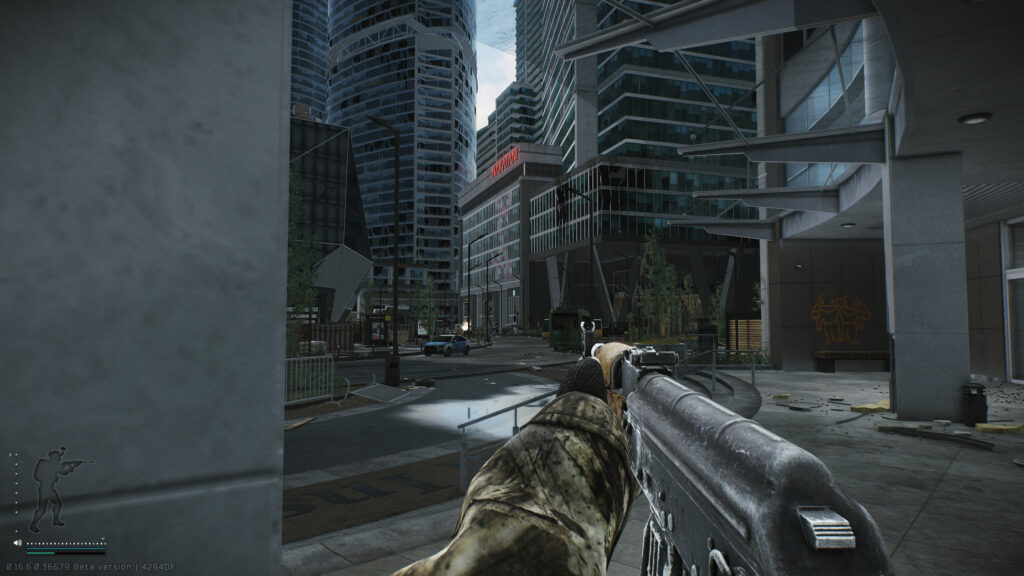
- Recoil Pads and Stocks:
- Wartech Monolithic Suppressor and Vltor A5 Stock (M4A1): Combined ergonomics increase \+20 per component, smoothing recoil recovery by 30%.
- Molot Vepr Stock: On Vepr builds, reduces vertical by 18% and improves ergonomics by 10—critical for BP-loaded 7.62×39mm runs.
- Handguards and Foregrips:
- TangoDown Stubby (MPX): Reduces horizontal recoil 15% and vertical 10%, while granting +5 ergonomics—ideal on MPX or similar SMGs.
- Magpul M-LOK Vertical Grip: Balanced recoil reduction (vertical 20%, horizontal 10%) on M-LOK handguard platforms.
- Barrel Extensions:
- 12T Task Force (MP5): +5 ergonomics, –10% vertical recoil, improves muzzle velocity—valuable for extended-range engagements.
- 18” Sabotages (AR-15): Reduces vertical by 10% and horizontal by 5%, boosting stability for 5.56×45mm builds.
4. Ergonomics and Handling: Speed vs. Stability
Ergonomics dictates how swiftly you can aim, reload, and recover from shots. Balancing ergonomics and recoil reduction is key:
- Ergonomics Thresholds:
- Above 70: Optimal for run-and-gun SMG builds; allows sub-300ms ADS times.
- 50–70: Balanced AR builds; manageable sprint-to-fire delays (<350ms).
- Below 50: Heavy DMR or LMG builds; expect ADS times over 400ms, necessitating lockdown positions.
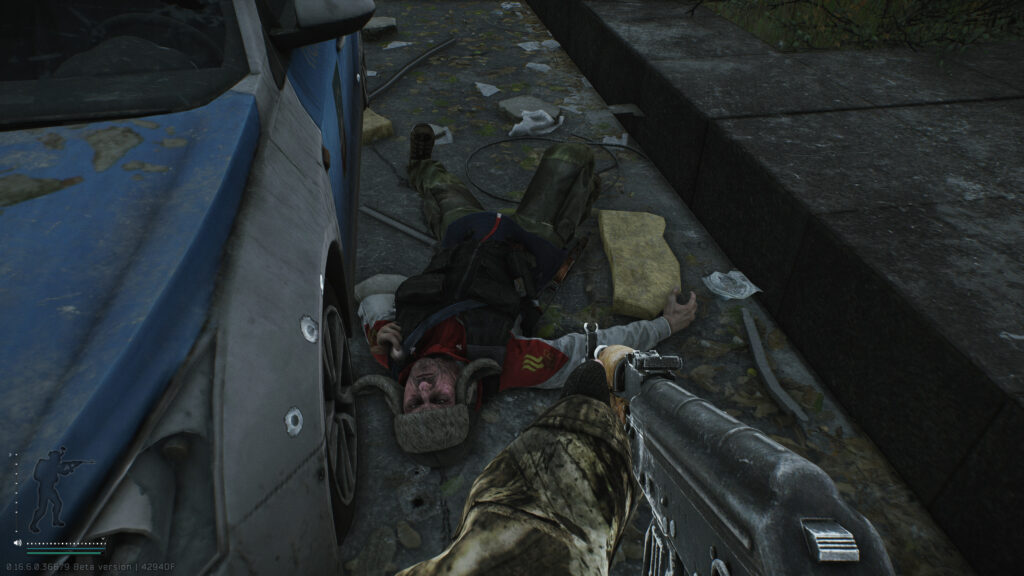
- Customization Trade-Offs:
- Pure Recoil Build (Ergo <50): Focus on max muzzle devices and compensators—great for sustained auto fire but slow ADS.
- Balanced Build (Ergo 50–65): Blend vertical grip, mid-weight stock, and moderate compensator. Offers reasonable ADS and recoil control.
- High-Speed Build (Ergo >70): Use lightweight handguards, minimal muzzle devices (e.g., flash hider), and skeletal stock. Prioritize rapid peeks and quick-scoping.
5. Practical Drills for Recoil Mastery
Beyond theory, hands-on practice ingrains muscle memory. Implement these drills routinely:
- Static Wall Spray Test: In an offline raid, stand 5 meters from a blank wall. Fully mod your weapon and fire a 10-round burst, observing the spray pattern. Adjust attachments until vertical climb stays within head zone.
- Range-to-Range Transition: Set up two static targets at 20m and 50m. Practice 3-round bursts at 20m, then transition to 50m with 4-round bursts, focusing on rapid but controlled recoil compensation.
- Strafe-and-Shoot Drill: While strafing laterally in a zigzag pattern at 10 m distance from moving bots, practice tapping 2-round bursts. Aim to land >80% headshots, emphasizing aim stabilization mid-movement.
- Long-Range Fall-Off Compensation: On Woods, pick a shed ~100m away. Zero your weapon and practice single fire. Observe drop and drift—adjust aim until you consistently land on upper chest.
- Empty Mag Sprint-to-Fire: Sprint fully extended, then snap ADS and fire one round. Time your “sprint-to-shot” response to minimize delays—aim for <350ms transition on balanced builds.
6. Weapon Handling: Beyond Recoil—Reload, Ergonomics, and Stability
Superior weapon handling extends past recoil control. Consider these factors:
- Reload Speed: Attachment combos that add weight slow down reload animations. For aggressive modes, choose magazines and stocks that minimize reload times even if slight recoil increase occurs.
- Chamber-in-Action: For weapons like M4A1 or AK variants, decide whether to chamber a round when reloading. Chained reloads with no rounding can be faster but sacrifice that “one in the pipe” quick follow-up.
- Sprint Speed: Heaviest builds reduce sprint speed to <6.0 m/s; balanced builds maintain ~7.0 m/s. For run-and-gun, keep build weight under 6.5 kg—this ensures you can reposition rapidly after engagement.
- Stance Transitions: Crouch and prone transitions add stability, reducing recoil multiplier by 20–30%. Practice quick crouch-peek to land first shots accurately before recoil climbs.
- Aimpoint vs. Scopes: Red-dot and holographic sights offer faster target acquisition (<200ms), while higher-magnification scopes increase ADS to 400–500ms. Match optic choice to engagement range: use 1x–2x in mid-close maps (Factory, Customs) and 4x+ in long-range maps (Shoreline, Woods).
7. Attachment Packages: Sample Builds for Popular Weapons
Below are optimal attachment sets balancing recoil control, ergonomics, and ADS speed for common PvP platforms:
| Weapon | Attachments | Ergo | Recoil Reduction | ADS Time (ms) |
|---|---|---|---|---|
| AK-74N (5.45×39 BT) | DTK-1 Muzzle Brake Zenit PT-1 Foregrip RS PK-AS Stock Rainier Arms Ultra Lite 9” Handguard EKP-1S-01 Reflex Sight | 65 | –36% vertical, –20% horizontal | 320 |
| HK 416A5 (5.56×45 M855A1) | Monolithic Suppressor Zenit RSh-1 Grip Magpul CTR Stock 18” Sabotages Barrel EOTech 552 Holographic | 60 | –30% vertical, –15% horizontal | 330 |
| MP7A2 (4.6×30 AP SX) | 12T Task Force Suppressor TangoDown Stubby Grip Ra-Tech Chassis SureFire FAST-AIR Comp Trijicon RMR | 78 | –40% vertical, –25% horizontal | 280 |
| AKM (7.62×39 BP) | Muzzle Brake 762 Magpul MOE Grip RK-2 Foregrip Zenit B-10M Stock EKP-8-18 Reflex | 52 | –25% vertical, –15% horizontal | 360 |
Use these builds as templates. Adjust based on available parts and personal preference, always striving for a balance that suits your playstyle and map choice.
8. Conclusion
Mastering recoil control and weapon handling in Escape from Tarkov requires a blend of theory, practice, and iterative customization. By understanding base recoil mechanics, optimizing ergonomics, and selecting the right attachments—paired with dedicated drills—you’ll consistently land shots on target, maintain accuracy in sustained engagements, and outperform opponents in every scenario.
Whether you’re clearing Factory corridors with an MP7 or sniping on Woods with an SV-98, a disciplined approach to recoil management transforms your PMC into a lethal marksmanship machine. Use the sample builds, tables, and drills to refine your skills, and over time you’ll develop the muscle memory and situational awareness that separates top-tier Surgeons of Tarkov from the rest.




